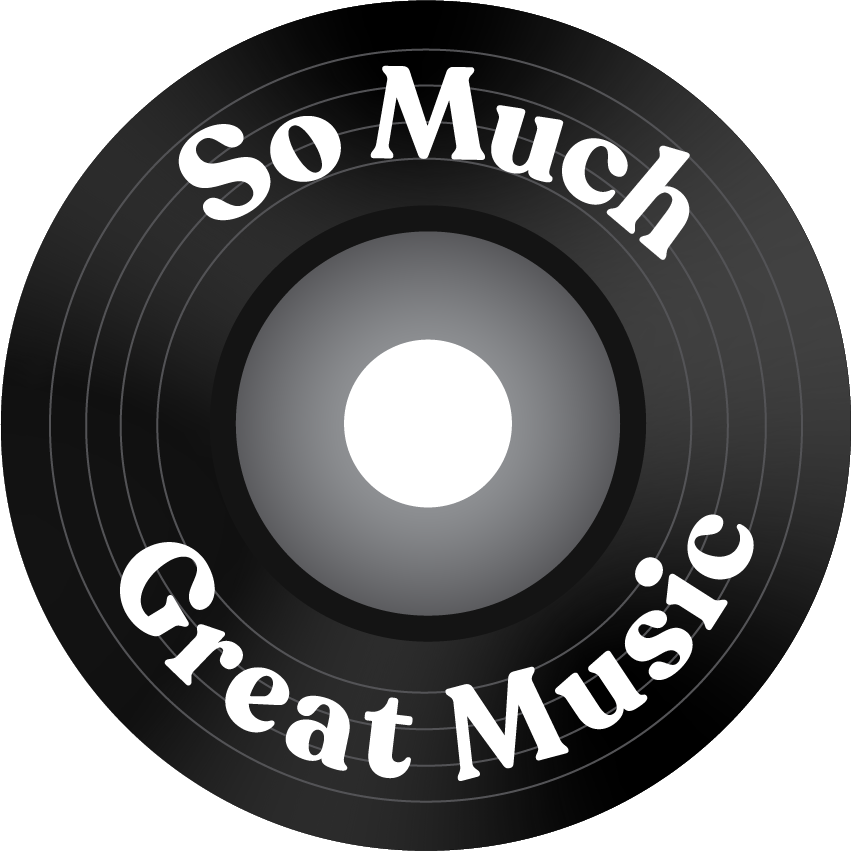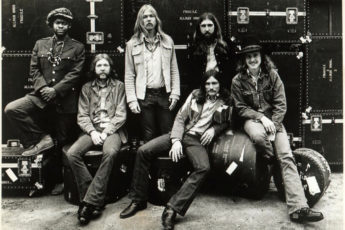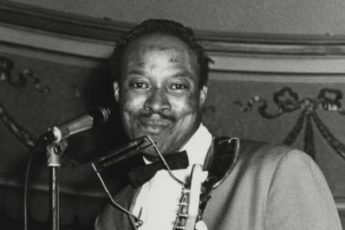
The one and only King of the Blues, B.B. King, released ‘The Thrill Is Gone’ in December of 1969, and in 1970 it was a big hit for him. Sure, it quickly became, and of course deservedly so, a blues standard, but you could actually hear it on the radio. And on jukeboxes in bars. It was around. That hadn’t been the case for a while for most of the early progenitors of the blues. You weren’t going to catch Elmore James on regular radio. Or Etta James, for that matter. No Howlin’ Wolf, Bobby “Blue” Bland, Little Milton, or Buddy Guy. Maybe, if you were lucky, you might get just a sprinkling of Muddy Waters (but far more likely in the later ‘70’s with his “comeback” era facilitated by collaborator and lifelong fan Johnny Winter). Muddy, of course, created the famous song, ‘The Blues Had A Baby And They Named It Rock And Roll,’ and in the tail end of the ‘60’s and early ‘70’s a few prominent bands did most certainly bring the blues into the mainstream, masqueraded only vaguely as rock and roll. You may have heard of some of them. The Allman Brothers Band’s eponymous 1969 debut album included the seething slow blues original, ‘It’s Not My Cross To Bear,’ which they then soon followed up in 1970 with a cover of Willie Dixon’s “Hoochie Coochie Man,” and in 1971 on the legendary “At Fillmore East” record, doing live renditions of T. Bone Walker’s “Stormy Monday” and Blind Willie McTell’s “Statesboro Blues,” in all cases injecting their blues with elements of jazz, soul and southern boogie which became part of their signature. Another band first appearing in 1969, arriving with an interbred sound jocularly predicted to go over with music audiences like a proverbial “lead balloon” – or worse, a Le(a)d Zeppelin. They wore their blues influences proudly whilst fusing it with super-charged hard rock to create a mystical sonic barrage that not only proved to be monstrously successful commercially (though not right away), it basically changed the face of FM-radio, eventually leading unmistakably to the concept of “classic rock.” ‘You Shook Me’ and ‘I Can’t Quit You Baby’ were unassailable blues interpretations on that Led Zeppelin debut record (both also Willie Dixon covers), and perhaps no early Zeppelin tune was straight blues-ier than the one appearing 20 months later on “Led Zeppelin III,” this time a Page/Plant/Jones original, the sensational 7-minute scorcher ‘Since I’ve Been Loving You’. Certainly, there were many other examples of similar vintage: the Rolling Stones brilliant ‘Love In Vain,’ a plaintive re-arrangement of Robert Johnson; Bonnie Raitt’s sensual and surly ‘Love Me Like A Man’; and ‘Bell Bottom Blues’ a jangly/bluesy Eric Clapton composition for Derek and the Dominos, one of a series of tunes on “Layla and Other Assorted Love Songs” broadcasting his unrequited love for Patti Boyd, who happened to be the wife of his best friend George Harrison (snake move, Slowhand!).
Yet I want to talk here about still another pants-related blues song that came along a few years later, that being ZZ Top’s spellbindingly desolate 1975 smash, ‘Blue Jean Blues,’ off their killer “Fandango!” album, which based on my completely unscientific study and self-appointed powers as local music aficionado, I’m going to declare as the most prevalent, most classic rock radio popular, straight-ahead blues tune ever. This was, and remains, a genuine hit for that Little Ol’ Band From Texas. And it’s nothing but absolutely unadulterated slow blues, with serious feeling, even if rock and roll radio listeners weren’t fully aware that’s what they were getting. This is Billy Gibbons putting on a blues guitar clinic, of restraint and intensity. He’s not exactly holding back but he’s not showing off either. It’s all tone and feel, with attention to every note and lick, implemented with the perfect intention. Plus, let’s not overlook that his smoldering playing is irresistibly complemented by the mournful desperation of his rasping vocals. What can I say but that this number immediately puts the listener in an absolute mood, sets a vice grip, and for four-and-a-half aching and breathtaking minutes, never lets loose. This is the blues, man; raw and real, and smattered in oil and gasoline, like the titular pair of blue jeans in the tune. Just close your eyes, and let these blues slowly wash over you, both pristine and nasty, somehow simultaneously. Only, do us all here a favor and don’t tell any of those classic rock radio programmers. The incomprehensibly hidden-in-plain-sight blues of this long-held rock classic can remain unaddressed, just like whether or not Billy Gibbons’ baby is ever going to be coming back to return his filthy-ass jeans. Somehow I think The King of the Blues and all those other old-timers would enjoy that.
I done ran into my baby
And finally found my old blue jean
I done ran into my baby
And finally found my old blue jean
Well, I could tell that they was mine
From the oil and the gasoline
If I ever get back my blue jean
Lord, how happy could one man be
If I ever get back my blue jean
Lord, how happy could one man be
‘Cause if I get back those blue jeans
You know, my baby be bringin’ ’em home to me






Coastal Dave
July 28, 2020 12:08 amAwesome song! Almost a direct ripoff of Peter Green’s Love That Burns, in terms of feeling, soulful blues played at times in free-time… the touch and tone. Check em’ both out back to back.
Bill G.
July 28, 2020 12:27 pmI do hear some similarities – as in so many straight blues songs, of course. RIP Peter Green.